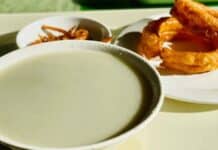The Streblus asper, commonly known as the Chinese Jujube, is a dioecious tree, bearing either male (golden) or female (greenish) flowers in clusters or singly. Its leaves are tough, arranged alternately, with serrated margins and a deep green color.
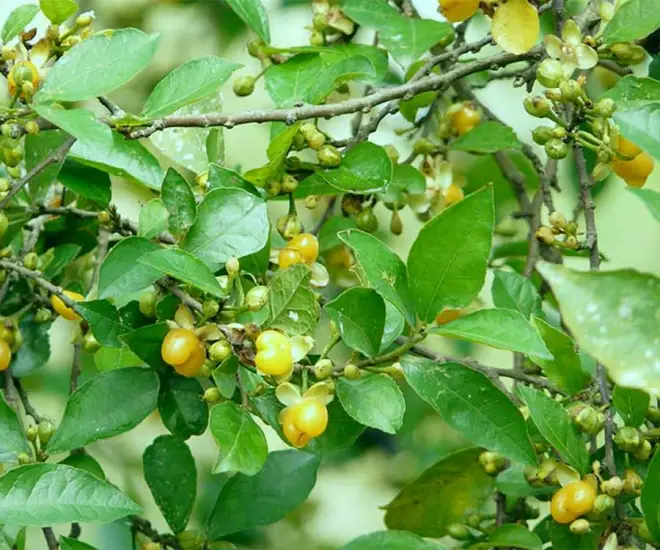
The fruits of the Streblus asper are small, the size of a fingertip, golden-yellow, and sweet. They are typically found in highland regions and are sold at a modest price of 20,000–25,000 VND per kilogram. However, these fruits are now rare, and even money may not be able to buy them, hence the name “heaven’s blessing.”
Aside from being edible, the Streblus asper offers numerous health benefits. Modern research has revealed that this plant contains significant bioactive compounds such as oleanolic acid, β-sitosterol, cardiac glycosides, and strebloside. These compounds exhibit antibacterial, anti-inflammatory, cardiovascular protective, and even anti-cancer properties. Notably, extracts from the bark and leaves have been proven effective in inhibiting harmful bacteria in the nasopharyngeal region without harming beneficial microorganisms.
Additionally, extracts from the Streblus asper demonstrate anti-allergic properties, reduce anaphylactic shock, aid in the treatment of malaria, and are beneficial in addressing skin, joint, and oral health issues. In traditional medicine, the leaves are boiled for bathing to relieve itching, and the fruits are used to make tonic wines that are believed to tonify the kidneys and strengthen the male sexual function.
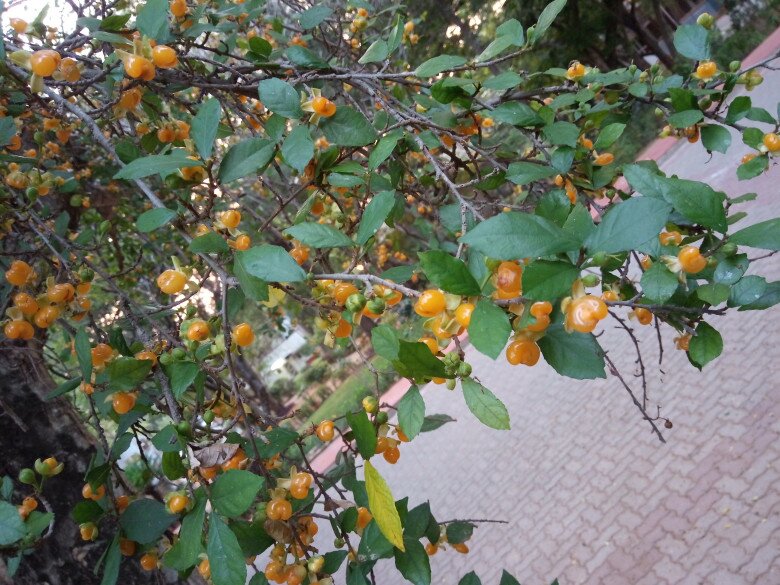
Feng Shui Significance of Growing Streblus asper Indoors
Once commonly grown as a fence, the Streblus asper has now become a favored bonsai among gardeners due to its rugged appearance, naturally twisted trunk, and dense foliage. It is easy to shape artistically, making it ideal for decorating gardens, patios, or indoor spaces in a classic or Feng Shui style.
Beyond its robust beauty and unique form, the Streblus asper carries positive Feng Shui implications. According to folk beliefs and Feng Shui experts, this plant symbolizes longevity, abundant health, and flourishing wealth. Placing it within the home or workplace is thought to activate positive energy and attract good fortune, thereby bringing success in career and life.
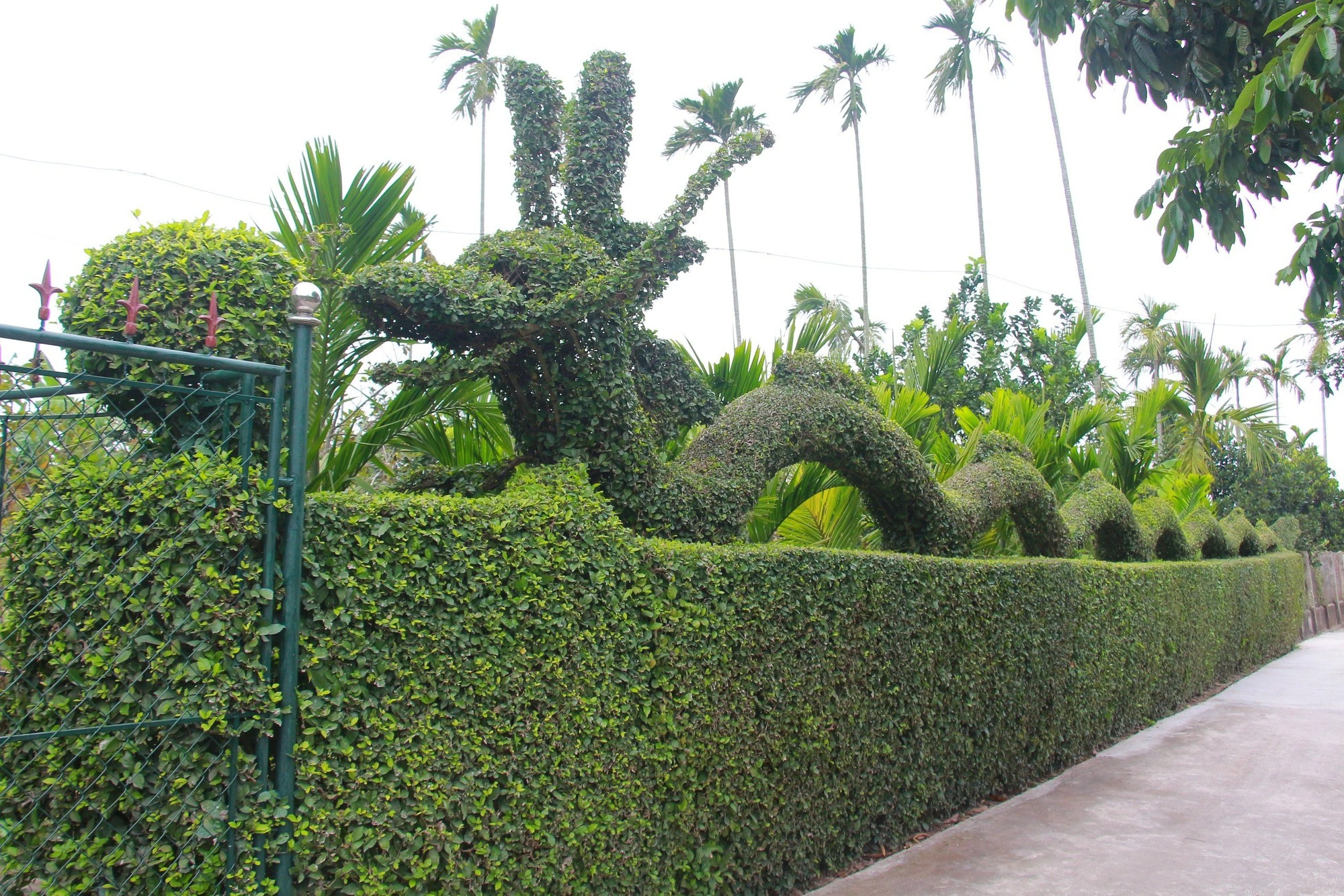
One of the most remarkable qualities of the Streblus asper is its ability to create a peaceful living environment. It neutralizes negative energy, instills a sense of tranquility, and enhances vitality through its strong yang energy. Folk beliefs also hold that the plant can ward off evil spirits, protecting the household from misfortune and creating a sense of security and serenity.
The Streblus asper is particularly suitable for individuals with Wood and Fire elements in Feng Shui. It is often shaped into various styles, such as straight, hanging, horizontal, or flying. Each style carries a unique symbolism, representing resilience, endurance, and the ability to overcome adversity.
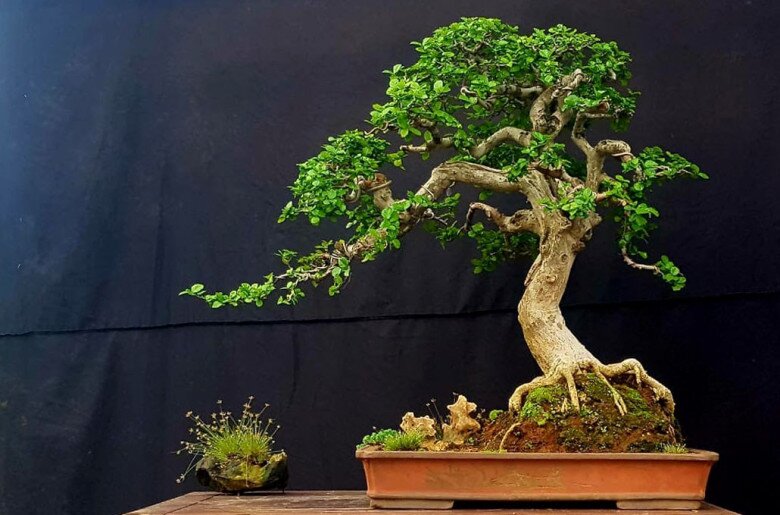
In terms of placement, the Streblus asper can be positioned near the entrance, on balconies, or in gardens, provided it is neatly pruned. Maintaining the plant’s health and ensuring adequate ventilation not only preserve its aesthetic appeal but also facilitate the smooth flow of positive energy. Smaller plants can be placed indoors to purify the air and create a calming atmosphere.
Contrary to some rumors, the Streblus asper does not carry “yin energy.” On the contrary, it is a robust species symbolizing resilience and perseverance, making it an excellent choice for both gardeners and Feng Shui enthusiasts.
Planting and Caring for the Streblus asper
The Streblus asper can be propagated through seed germination, cuttings, or air layering. Among these, air layering is the most common method as it shortens the growth period while retaining the mother plant’s shape. Choose mature, healthy branches without pests or diseases, and avoid overly old bark for better root development.
Spring is the ideal season for planting or repotting the Streblus asper due to the mild weather and high humidity, which facilitate root development and stable growth. When caring for this plant, consider the following factors:
– Soil: While the Streblus asper is not particular about soil type, it thrives in well-drained, loose soil. An ideal soil mixture typically includes loamy soil, sand, coconut fiber, burnt rice husks, and a small amount of decomposed manure. You can also add bio-organic fertilizer to enhance the plant’s nutrition.
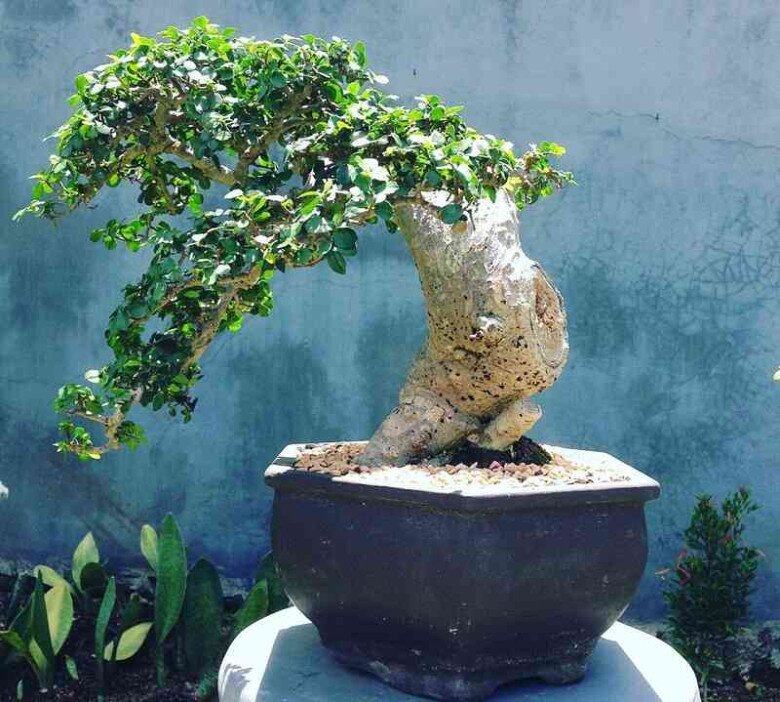
– Light: The Streblus asper thrives in areas with abundant sunlight. If grown in pots, place them in a sunny spot, ensuring at least 4–6 hours of sunlight daily. Insufficient light will result in stunted growth, pale leaves, and diminished vitality.
– Watering: As a moisture-loving species, the Streblus asper requires regular watering, especially during its initial growth stage or in dry seasons. However, avoid waterlogging, as this may cause root rot. Watering in the early morning or evening is recommended to ensure adequate moisture without saturating the soil.
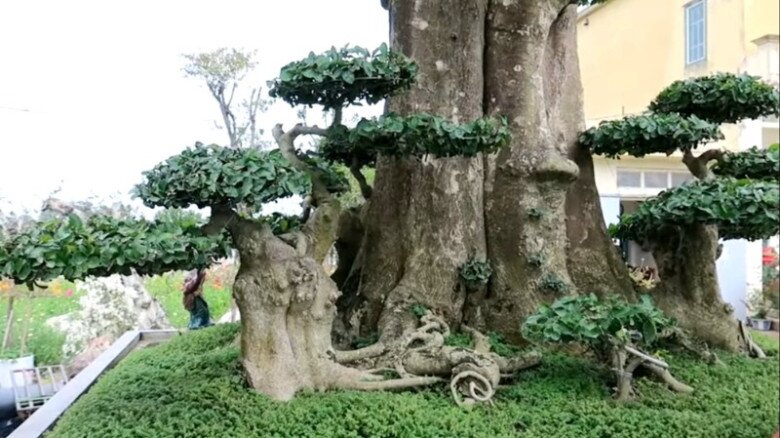
– Fertilization: Apply organic or diluted NPK fertilizer monthly to provide essential nutrients. Avoid excessive nitrogen fertilizer, as it may promote weak new growth and compromise the integrity of the bonsai shape. Once the tree has stabilized, you can reduce fertilization to once every 2–3 months.
– Pruning and Shaping: With its flexible branches, the Streblus asper is ideal for bonsai shaping. The leaf-changing season (usually late spring to early summer) is the best time for pruning and shaping. Gently bend and shape the branches with patience to avoid breakage. Remove old leaves and excess branches to maintain air circulation and reduce the risk of pests and diseases.












